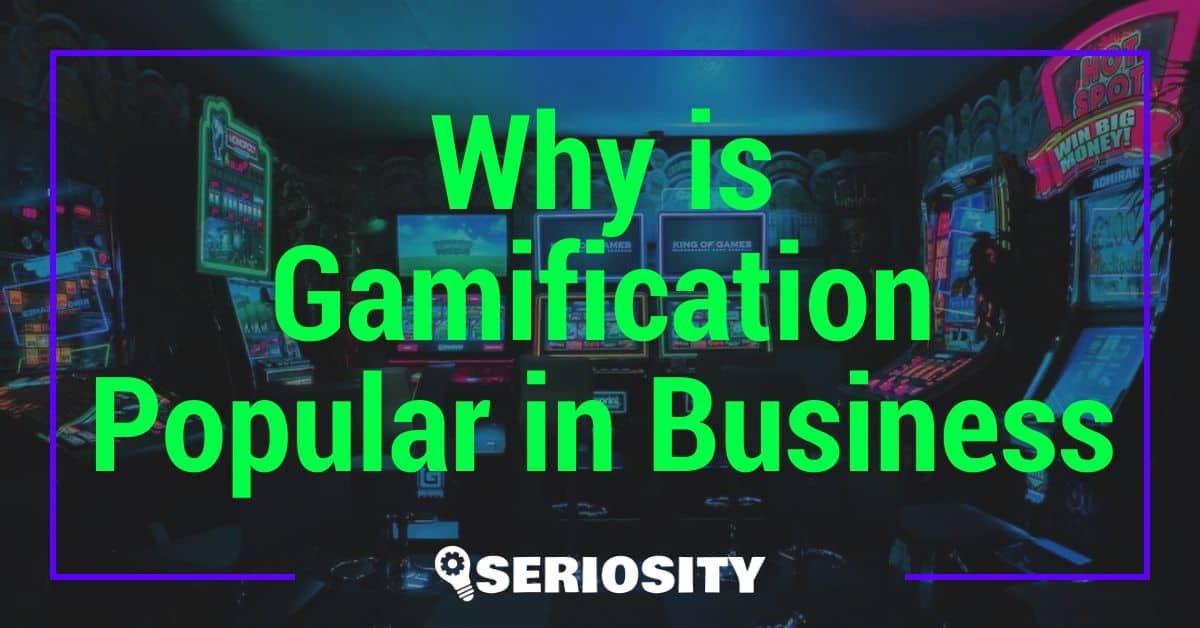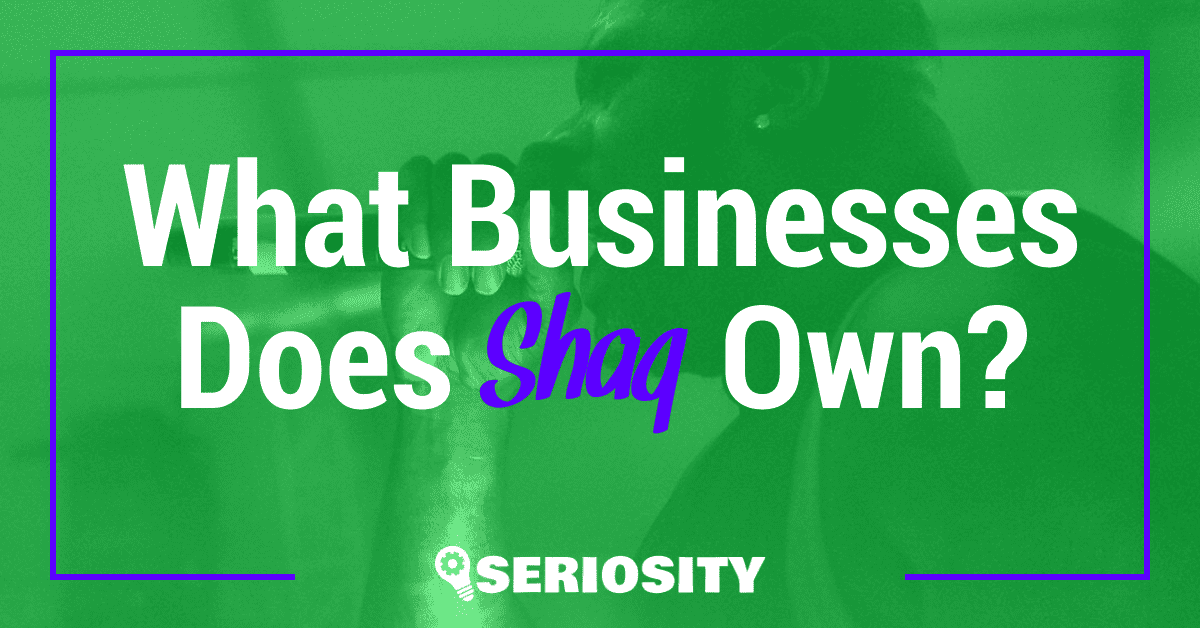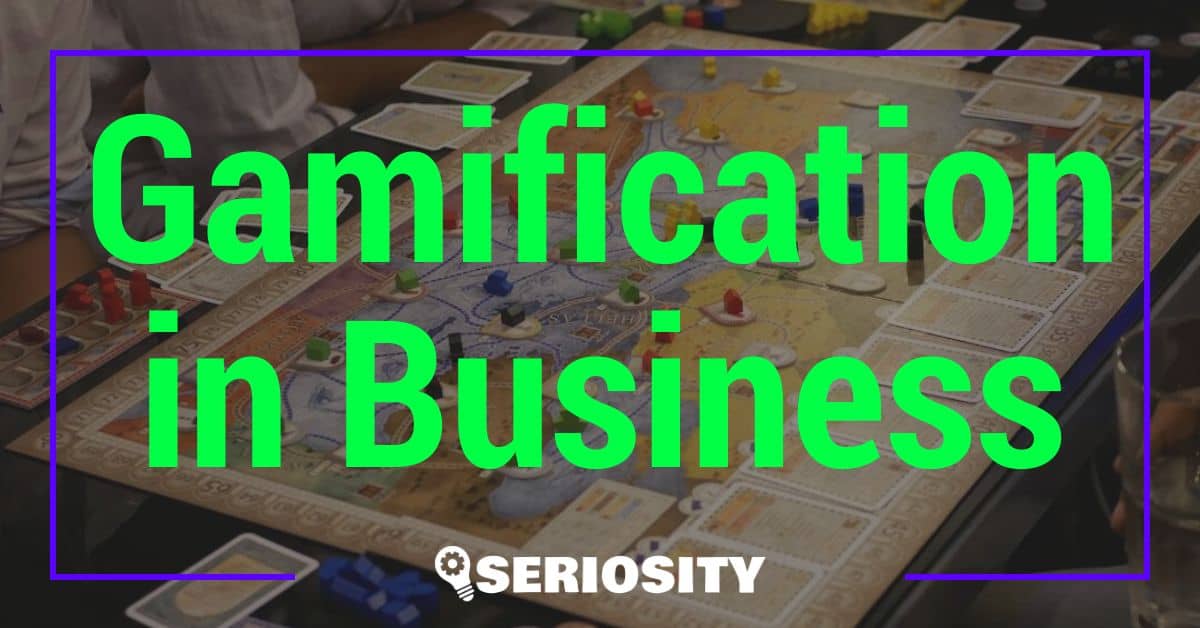Ever wondered who’s behind the luxurious Italian fashion house, Fendi? Known for its exquisite leather goods, ready-to-wear, and fur collections, Fendi has been a symbol of craftsmanship and innovation. But who actually owns this iconic brand?

The answer might surprise you. Fendi is not just a family legacy; it’s part of a larger empire. Let’s dive into the world of high fashion and uncover the powerhouse behind Fendi’s global success. Get ready to be intrigued by the story of ownership that blends tradition with modern business strategy.
Key Takeaways
- Fendi, a symbol of luxury craftsmanship, is owned by LVMH Moët Hennessy Louis Vuitton, the world’s leading luxury goods group, showcasing the importance of strategic acquisitions in the fashion industry.
- The rich history of Fendi began in 1925, marking its evolution from a small family-owned leather and fur shop to a global luxury fashion house, underscoring the impact of heritage and innovation on brand growth.
- The pivotal hiring of Karl Lagerfeld as the creative director in 1965 introduced the iconic double F logo, illustrating the transformative power of creative collaboration in elevating a brand’s market position.
- LVMH’s acquisition of Fendi in 1999 facilitated the brand’s global expansion and access to extensive resources, highlighting the synergistic potential of combining traditional brand values with expansive corporate strategy.
- Fendi’s continuous innovation and collaboration with avant-garde designers reinforce the brand’s relevance and leadership in contemporary fashion, offering lessons in staying competitive through adaptive creativity.
- Maintaining a delicate balance between preserving rich heritage and pursuing innovative growth has been key to Fendi’s success under LVMH’s ownership, illustrating essential strategies for sustaining brand integrity amidst expansion.
History of Fendi
Imagine stepping back to 1925 in Rome, Italy. That’s where the Fendi saga began, founded by Edoardo and Adele Fendi. Initially, it was just a fur and leather shop. But, hey, every colossal empire starts somewhere, right? Fendi wasn’t just a store; it was the seed of luxury that would grow into an international fashion powerhouse.
As you’re hustling through your business journey, picture the transformation of Fendi through the decades—from a modest shop to a global luxury brand. In the 1960s, the five Fendi sisters stepped in, injecting fresh ideas and innovation. It’s a classic example of family business dynamism, something you might find inspiring for your own ventures.
The pivotal moment? Hiring Karl Lagerfeld as the creative director in 1965. This move was game-changing. Lagerfeld introduced the iconic double F logo, symbolizing quality, tradition, and daring creativity. It’s like when you find that one idea or partnership in your business that catapults you from local hero to widespread renown.
Fast forward to 1999, LVMH, one of the most significant luxury conglomerates, buys a stake in Fendi. By 2001, they and Prada own 51% of the company, though LVMH buys Prada’s stake by 2005, gaining a majority share. For an entrepreneur, this is the classic ‘big fish’ moment, where the impact of strategic alliances and acquisitions becomes crystal clear.
The journey of Fendi, from a local Italian shop to part of a global luxury group, highlights the potentials of scale, innovation, and strategic partnerships. It mirrors the aspirations of many entrepreneurs and business enthusiasts, underlining the importance of evolution and adaptation in the ever-changing business landscape.
The Fendi Family
As an entrepreneur and business enthusiast, you know the value of family in a business’s history. The Fendi family serves as a prime example of this. Founded in 1925 by Edoardo and Adele Fendi, this iconic brand began as a humble leather and fur shop in Rome, Italy. What might have started as a small family enterprise blossomed into a global luxury fashion powerhouse, a story that might resonate with your passion for startups and their potential for growth.
Imagine the drive and creativity pulsing through the Fendi family, particularly when the second generation, the five Fendi sisters—Paola, Anna, Franca, Carla, and Alda—took the helm in the 1960s. Their involvement marked a pivotal era of innovation and fresh ideas, weaving the family’s values and vision into the very fabric of the brand. As someone who appreciates the hustle of side-hustles and the grind of getting a business off the ground, you can appreciate the sisters’ relentless work and their vision for the brand’s future.
Their decision to bring Karl Lagerfeld into the fold as the creative director in 1965 was a game-changer. Lagerfeld introduced the now-iconic double F logo, further embedding the family’s legacy into the fashion world. This strategic partnership underscores a vital lesson in business: the power of collaboration and fresh perspectives in driving a brand forward.
Though the Fendi family’s direct involvement has evolved over the years, especially after LVMH’s acquisition in 1999, the essence of the Fendi family still permeates the brand. Their story is not just about fashion; it’s a testament to the impact of family heritage, innovation, and strategic partnerships in the business world. As you explore your next venture or side-hustle, let the journey of the Fendi family inspire you to weave your values and vision into the very core of your business.
The LVMH Acquisition
In the bustling world of luxury fashion, the acquisition of Fendi by LVMH in 1999 was a move watched by everyone. If you’re diving deep into the twists and turns of successful brands like I often do, this chapter in Fendi’s history is not just about a change in ownership. It’s a pivotal moment that transformed Fendi into the global powerhouse it is today.
Back when you were probably just starting to explore online opportunities or brainstorming your next side hustle, LVMH Moët Hennessy Louis Vuitton, the world’s leading luxury goods group, recognized Fendi’s potential. They decided to add Fendi to their portfolio of luxury brands, which was already studded with names like Louis Vuitton, Moët Hennessy, and a host of others. The decision to acquire Fendi was driven by a keen interest in expanding LVMH’s influence across different sectors of luxury fashion, making it a strategic move that spoke volumes about understanding market dynamics and the importance of diversification – something any entrepreneur should take note of.
The acquisition was far from simple. It involved a complex process, striking a deal with the Fendi family and competing interests. But in the end, LVMH secured a majority stake in Fendi, marking a new era for the Italian fashion house. Through this acquisition, Fendi not only gained access to LVMH’s extensive resources, expertise in brand building, and global distribution channels but also retained its unique heritage and creative direction – a balance that’s crucial for maintaining brand integrity while scaling.
LVMH’s acquisition of Fendi is a textbook example of how strategic partnerships can leverage strengths and foster growth. It demonstrates that understanding and respecting a brand’s legacy, while providing the resources and infrastructure for expansion, can create unparalleled synergy. For us entrepreneurs, it’s a reminder that success often lies in collaboration and the innovative integration of resources, expertise, and vision.
Fendi Today
As someone who’s navigated the choppy waters of entrepreneurship and reveled in the challenges of side-hustles, you understand the importance of evolution in business. Fendi’s journey post-acquisition is a masterclass in how to grow while staying true to your brand’s roots. Today, under the vast umbrella of LVMH, Fendi continues to thrive, blending its rich heritage with innovative designs that capture the zeitgeist of contemporary fashion.
Innovation and Collaboration
Fendi has been forward-thinking, driving change by collaborating with avant-garde designers and artists. These collaborations not only infuse fresh perspectives into their collections but also keep the brand relevant in a rapidly changing market. For entrepreneurs, there’s a lesson here about the power of strategic partnerships. They can propel your brand into new spheres, something you’ve likely experimented with in your online ventures or side hustles.
Global Expansion
Since joining LVMH, Fendi has significantly expanded its global footprint. With stores in over 30 countries, its presence on the international stage is undeniable. As an entrepreneur, you appreciate the logistics, strategy, and sheer ambition it takes to scale at this level.
| Key Figures | Data |
|---|---|
| Number of Countries with Stores | >30 |
| Year of LVMH Acquisition | 1999 |
Heritage and Innovation
What’s remarkable about Fendi is its ability to maintain its unique identity amid expansion. Keeping a brand’s essence alive while innovating is something you’ve likely grappled with in your business. Fendi’s adeptness at weaving its rich Roman heritage with cutting-edge trends offers invaluable insights into sustaining brand integrity in growth phases.
In essence, Fendi’s trajectory since becoming a part of LVMH’s portfolio encapsulates several key principles of business success: heritage preservation, innovative growth, and the importance of adapting to and leading change. As you continue to explore new ventures and push boundaries in your own entrepreneurial journey, there’s much to draw from Fendi’s playbook.
Conclusion
So there you have it. Fendi’s journey under LVMH’s wing is a testament to how brands can evolve without losing sight of their heritage. It’s all about striking that perfect balance between innovation and tradition. Whether you’re a budding entrepreneur or simply a fashion enthusiast, Fendi’s story offers plenty of takeaways. From its global expansion to its collaborations, the brand teaches us the importance of adaptability and strategic growth. So next time you spot a Fendi piece, remember, it’s not just an accessory; it’s a piece of history that’s constantly moving forward.
Frequently Asked Questions
How has Fendi maintained its brand integrity after being acquired by LVMH?
Fendi has successfully balanced heritage and innovation, embracing collaborations while staying true to its roots. This approach has been critical in maintaining its brand integrity and relevance.
What role do collaborations play in Fendi’s strategy?
Collaborations with designers and artists are central to Fendi’s strategy, driving innovation and keeping the brand relevant and forward-thinking in the competitive fashion market.
How has Fendi expanded globally?
Fendi’s global expansion is marked by opening stores in over 30 countries, showcasing strategic growth and ambition. This expansion underscores Fendi’s ability to scale internationally while maintaining brand quality.
What lessons can entrepreneurs learn from Fendi’s journey?
Entrepreneurs can learn the importance of balancing heritage with innovation, strategic global expansion, and adaptability. Fendi’s journey highlights how maintaining brand integrity and relevance can lead to success in changing markets.














